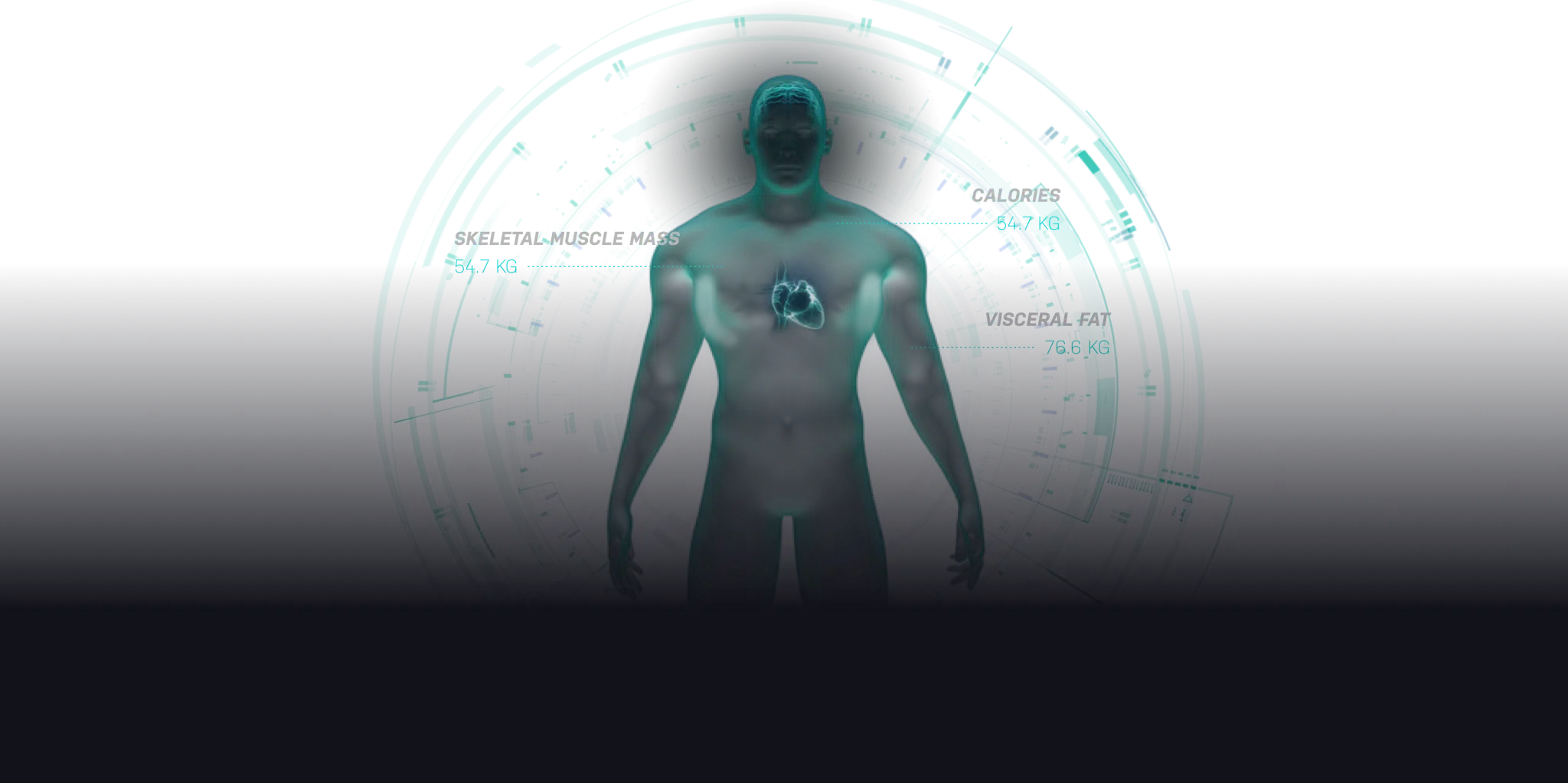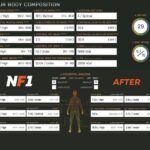
The Evolt 360 data analysis methodology that incorporates a 5-point algorithm has been developed based 100% on evidence-based data presented in the research. The 5-points being Height, Age, Gender, Weight & Impedance.
There is a myriad of anatomical and physiological changes that occur as we age, these changes are well documented within educational literature and texts and form the basis of our understanding of an individual’s ability to undertake exercise activities across the lifespan.
As a fundamental overview, as it relates to BIA in particular, there are a number of key changes that occur as part of the aging process, that include, but are not limited to the following:
CARDIOVASCULAR FUNCTION
- MVO2 decreases 5-15% / decade after 25yrs (approx 5ml.kg-1.min-1 btn ages of 25 & 65yrs)(Heath et al 1981).
- Decreases in both maximal cardiac output and maximal AVO2 difference contribute to the age-associated reduction in VO2max (Stratton et al 1994)
- Elite Masters as low as 0.1% decline pa.
- Max HR decreases 6-10bpm per decade – responsible for much of the age-associated decrease in max Q (Pollock et al 1997).
- Evidence also indicates that older adults have smaller stroke volumes during maximal exercise (Stratton et al 1994).
- Older adults rely on the Frank-Starling mechanism to a great extent to achieve the increase in stroke volume during maximal exercise, as evidenced by their increased end-diastolic volumes (Fleg et al 1994).
- SV & HR → Q → O2 delivery
- In contrast, plasma, red cell, and total blood volumes are lower in older adults (Davey & Seals 1994)
- Older adults have reduced early diastolic filling at rest and during exercise compared with young adults, perhaps because of reduced left ventricle compliance (Levy et al 1993).
- As a result, older adults rely on late atrial diastolic filling to a greater extent than young adults both at rest and during exercise.
- End systolic volumes during maximal exercise are also usually larger in older adults, resulting in reduced ejection fractions (Fleg et al 1995).
- Left ventricular contractility appears to be reduced in older adults during maximal exercise compared with young adults (Fleg et al 1995).
- Blood pressures and systemic vascular resistance are also higher during maximal exercise in older versus young adults (Fleg et al 1995).
- Older women have lower systolic blood pressure and cardiac, end-diastolic, and stroke volume indices, and higher systemic vascular resistance during maximal exercise (Rodeheffer et al 1984).
- Plasma, RBC & total blood volumes (implications on BIA associated with a shift in ECW, ICW, and TBW that are undeniable and must be considered for accurate measurement.
- Any BIA that does not consider age does not accurately consider fundamental changes in TBW and therefore presents an erroneous measure of body composition.
THERE ARE TWO OTHER MAJOR CONSIDERATIONS WITH RESPECT TO THE NEED FOR AGE TO BE CONSIDERED IN BIA ANALYSIS:
- Age-related sarcopenia
- Change in the collagen content within the connective tissue
With respect to the muscle changes, we see a decrease in muscle mass (sarcopenia) 1%/yr – selective loss in CSA of Type II fibers.
Evidenced via excretion of urinary creatinine (reflecting muscle [creatine] and total muscle mass decreases by approx 50% between ages of 20 & 90yrs.
Muscle atrophy appears to result from a gradual loss of both muscle fiber size as well as number.
A gradual loss in muscle cross-sectional area is consistently found with advancing age such that at age 50 years there is a reduction of ≈10% of total muscle area.
After 50 years of age, the rate of muscle area loss is significantly accelerated.
Muscle strength declines by ≈15% per decade in the 6th and 7th decade, and about 30% thereafter (Mazzeo et al 2001).
The decline is more marked in Type II muscle fibers, which decrease from an average of 60% in sedentary young men to below 30% after the age of 80 yr (Larsson et al 1983), and is directly related to age-related decreases in strength.
Cross-sectional as well as longitudinal data indicate that muscle strength declines by approximately 15% per decade in the 6th and 7th decade and about 30% thereafter (ACSM 1998) as a result of sarcopenia.
We also see a loss in bone mass as part of the aging process.
Connective tissue becomes more complicated but basically for example with tendons, the extracellular matrix comprises most of the tissue volume which is made up of collagen, ground substance, glycoproteins and some neurovascular structures. Water (H2O) comprises 60-80% of the ground substance in young tissue but changes as we age.
Healthy young tendons also predominantly contain Type 1 collagen and small amounts of type III, we see a shift in that distribution over time that results in more ‘brittle’ structures due to a reduction basically in the water content of the tissue. Again, this will contribute to BIA results.

